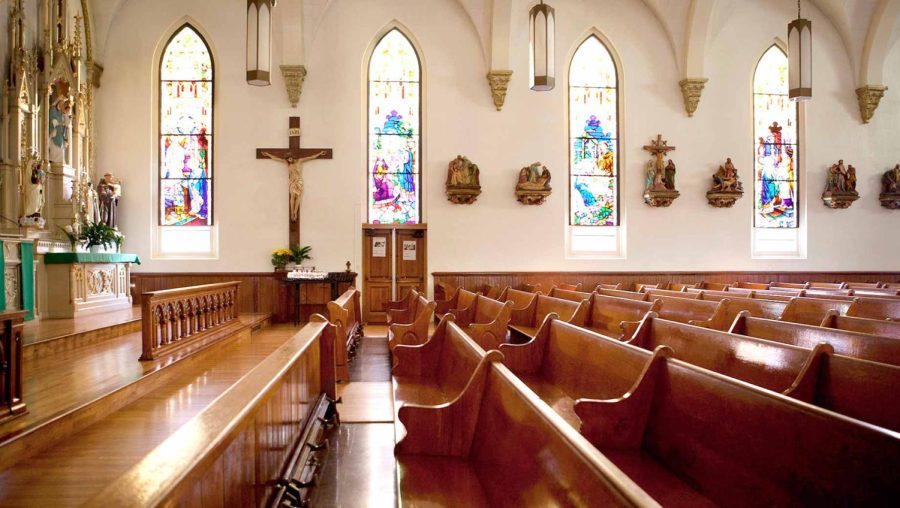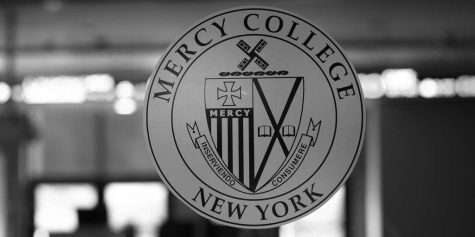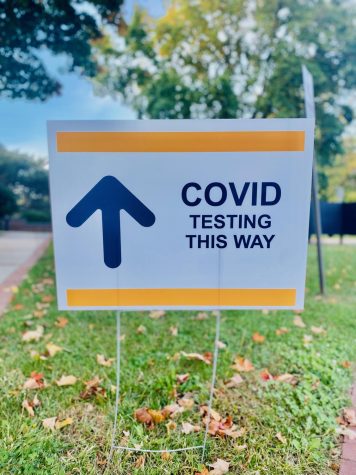The Decline in Church Attendance is an Overlooked Side Effect of the Pandemic
It’s been three years since COVID-19 forced society to adapt to a new way of living, but still now many are struggling to coexist with these changes.
One area that is constantly facing hardships due to the pandemic is religious services.
Where one day places of worship were filled with people coming to pray but ever since the fateful day of Jan. 31, 2020, they are fighting to get just 20 people into the sanctuary.
Marie Dubose, an active member at St. Paul’s Church in the Bronx, says it is discouraging attending service where the average number of attendees is 30 and the majority of these attendees are older adults.
On Easter Sunday, the turnout had significantly increased, with over a hundred people attending the service. However, the immediate Sunday following, numbers decreased dramatically to roughly a little under 40 attendees.
“The average for each Sunday is 30-35,” said Dubose. “I should also include that this number is a combination of the two services we have each Sunday, one at 9:30 a.m. and one at 11 a.m.”
It’s true, research shows that in-person engagement started to decline long before the COVID-19 outbreak. The amount of U.S. adults who stated that they typically attend a religious service at least once a month had dropped a modest 3 percent since polls were taken in 2019, going from 33 percent to 30 percent.
However, further studies show that the pandemic had been a notable cause of numbers dropping significantly lower.
A research study done by the Pew Research Center shows how the decline in religious service attendance has modestly moved since 2020. In polls taken during July 2020, 41 percent of Americans said they partook in religious services within the month with 27 percent saying they attended virtually.
Since this time, reports show that attendance, virtually or in-person, has not moved with numbers wavering at around four-in-ten Americans attending.
Although many try to put the pandemic behind them, with safety protocols being dropped and many institutions opening back up, the side effects seem to be everlasting.
As of March 2023, 28 percent of U.S. adults say they now attend religious services in person, barely a change from the 27 percent when the question was asked during the same month of 2022.
It is important to note that the type of religious group does have a strong impact on numbers.
White Evangelical Protestants have reigned as the religious group most likely to attend service in person, regardless of the pandemic. Since originally taken in July 2020, the amount of white evangelicals who physically attend service has not dropped past 30 percent. Even though this can be viewed as a relatively low number, there is still a consistent dedication to being in person.
In contrast to this, black protestants remain the religious group most likely to attend service virtually. 54 percent say they prioritize service online or through the TV, over in-person service. It is critical to add that black Americans have also suffered a high share of hospitalizations and deaths due to COVID-19.
Political standing also appears to play a role in religious service attendance. Republicans are highly more likely to attend service in person compared to Democrats.
Throughout the pandemic, republicans have also strongly presented themselves as the group more likely to be against the belief of the COVID-19 virus and the vaccine made to fight against it.
Pew states that age is another playing factor. Even though older Americans are more likely to be exposed to Covid-19 and at risk of hospitalization or death, they are also more inclined to attend religious services in person. Americans 65 or older have been reported to go in person more than young adults aged 18 to 29. As of November 2022, 33 percent of adults 65+ attend in person over 21 percent of adults aged between 18-29.
Throughout the majority of the COVID-19 pandemic, six-in-ten Americans have not been involved in religious services in any way. Breaking it down, seven-in-ten adults under 30 and nine-in-ten adults with no religious affiliation.
The lack of in-person attendance can be felt at religious services these days more than before.
Dubose says that after the church reopened its doors, the original numbers were around 50 members. But over time up to now, those numbers have declined until they’re staggering around 30 attendees.
Lionel Samuel, a member of the church who also serves on its council, says they are constantly thinking of ways to gain more members. The Zoom service had recently been suspended, a way to try to get the five online goers out of their house and into the place of worship but to no avail.
“The pandemic has exposed people to a way of living that wasn’t existent before and I think they’ve gotten too comfortable with what was supposed to be a temporary fix,” says Samuel. “I understand the benefits of online service but there is nothing compared to being in person and feeling the emotion of those around you.”

Diannah Plaisir is currently a senior at Mercy College, pursuing a degree in Media/Communications. Having decided that she was going to be a journalist...













